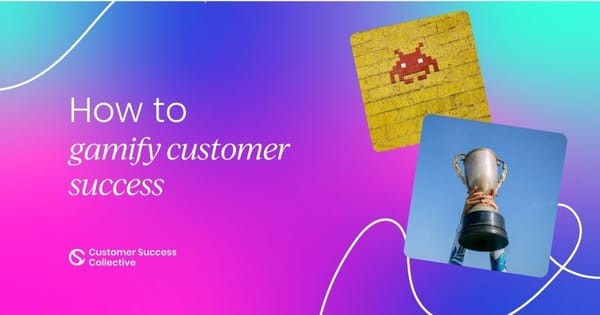As a customer success professional, you know firsthand the constant challenge of keeping customers engaged and motivated throughout their journey with your product or service.
Gamification presents a powerful solution to this problem.
This technique applies the same psychological hooks and reward structures that make games habit-forming to your customer engagement initiatives. Implemented strategically, you can transform typically mundane tasks like onboarding, training, and providing feedback into experiences brimming with excitement and anticipation.
Read on to discover:
- What gamification really is
- The psychology behind gamification
- Pros and cons of gamifying customer success
- How to gamify your customer success program
- Best practices for gamified customer engagement campaigns
- Key examples of effective gamified programs
- Measuring the impact and ROI of gamification
Equipped with this expertise, you can craft customer success programs with magnetic appeal, steering users toward the behaviors and outcomes you intend.
What is gamification?
Gamification takes the thrilling elements from games and injects them into everyday activities to amp up engagement. Imagine those points, badges, levels, challenges, and rewards you see in games – now, they're part of customer onboarding flows, product training, and user communities.
Points show customers how well they're progressing, badges give that "you nailed it" feeling, levels mark advancement and unlock new challenges, and rewards serve as sweet incentives.
The aim is to make necessary activities more enjoyable and motivating by tapping into our natural desire for achievement, progression, competition, and acknowledgment. Gamification turns the ordinary into an adventure, making customers want to participate willingly rather than feeling obligated.
Although gamification is a relied-upon tool in a marketer's arsenal, it's not quite as popular in customer success yet. In our inaugural report, The State of Customer Onboarding 2023, nearly 90% of customer success professionals don't use any means of gamification during the onboarding period.
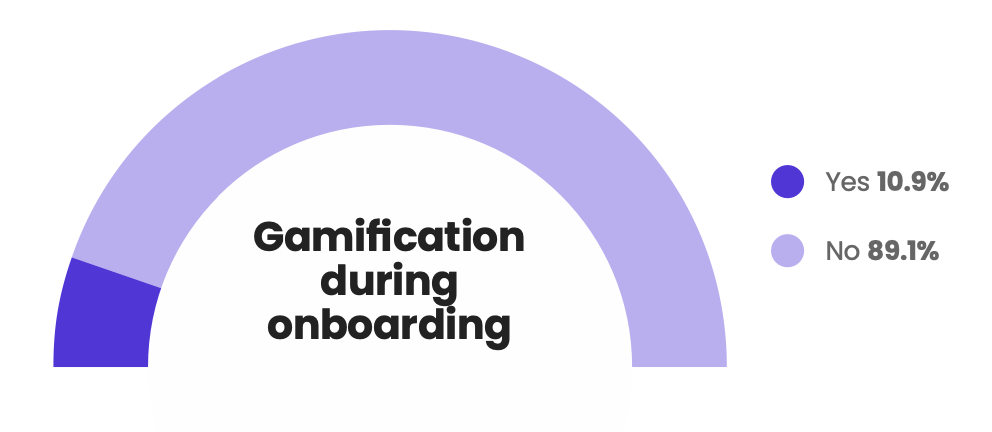
The psychology behind gamification
According to gamification experts, five key psychological principles fuel its effectiveness:
- It connects to basic human desires for achievement, self-expression, and friendly competition.
- It brings forth a sense of community around your product or service.
- It builds an emotional connection between the customer and your brand.
- It reduces cognitive load by making tasks more intuitive and engaging.
- It keeps people engaged for longer periods of time.
Gamification essentially taps into our innate desire for achievement. Think about what draws people to games – there's a thrill in having clear goals, a captivating storyline, and well-defined rules that show how to earn rewards. These elements spark interest and provide a sense of progress as skills are sharpened.
It's fascinating how gamification also capitalizes on our natural inclination for friendly competition. Leaderboards and achievement systems fuel the drive for recognition and tap into social instincts.
By satisfying the desire for status within a gamified environment, necessary tasks transform from chores into immersive experiences. Instead of feeling burdened by onboarding or leaving feedback, customers find themselves genuinely engaged and motivated. Understanding these psychological factors is crucial for encouraging desired behaviors through gamified programs.
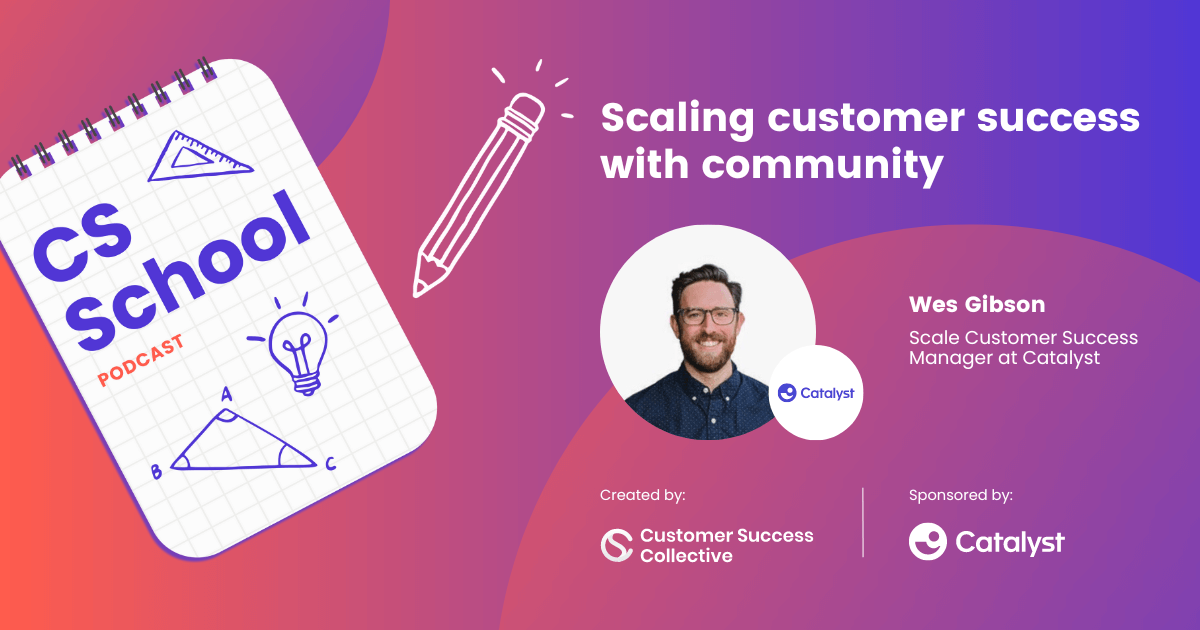
Pros and cons of gamification in customer success
| Pros ✅ | Cons ❌ |
|---|---|
| Makes the experience more fun and increases engagement | Potential complexity and ongoing design maintenance |
| Motivation and loyalty through badges and leaderboards | Could appear gimmicky or irrelevant to customer needs |
| Opportunity for feedback and behavior insights | Collecting data raises privacy concerns in regions with strict data protection laws |
| Introduces a competitive element that fosters a sense of community | Novelty may wear off over time |
| Gamified onboarding makes your product seem more engaging off the bat | Resource intensive and requires budget, personnel and tools |
How to gamify your customer success program
When gamifying initiatives in customer success, there are several key strategies to enhance engagement and drive toward desired outcomes:
Set clear goals aligned with the customer journey
As with any strategy, setting clear goals that align with the stages of the customer journey is crucial. Goals should be specific, achievable, and directly tied to successful customer outcomes like product adoption, retention, and loyalty. By doing this, customers understand what they're working towards in a way that adds value.
Offer meaningful rewards for different achievement tiers
Not all customers will operate at the same level of engagement, so tiered rewards motivate at various stages. Create a system that recognizes and appreciates differing levels of participation, providing an incentive for everyone to steadily make progress.
Use an intuitive progress-tracking system
Customers need visibility into how their actions are translating into points, levels or progress. Incorporate a transparent, easy-to-understand tracking system to help them stay motivated. They can then visualize advancement towards goals.
Incorporate badges and leaderboards
Badges act as visible symbols of accomplishment, driving customers to complete tasks for recognition. And with badges, come leaderboards; leaderboards create a sense of friendly competition by showcasing top participants, encouraging others to step it up.
Balance competition and community While competition can spur motivation, fostering a supportive community is equally vital. Encouraging teamwork and collaboration ensures that customers feel invested in a group working towards common goals - not just individual achievements.

Best practices for gamified customer initiatives
Thorough onboarding and training
Provide clear onboarding so customers understand exactly how the gamified system works, what they're aiming for, and how to get the most out of the experience.
Set challenging but attainable goals
Goals should strike a balance - difficult enough to make customers put in effort but not so lofty that they seem unattainable. When properly calibrated, goals keep motivating customers to progress.
Compelling rewards linked to milestones
Everyone loves being rewarded! Linking great prizes or perks to certain point milestones gives customers an exciting incentive. Like unlocking levels in games, they'll be driven to see what's next.
Consistent updates and messaging
Keeping customers informed about their status, progress, and future initiatives sustains excitement. Deploy ongoing notifications similar to mobile apps.
Key examples of effective gamified programs
Salesforce Trailhead
Trailhead is Salesforce's gamified learning platform that trains users through modules, quests, and challenges. As users complete trainings, they earn badges and points, motivating continued learning. The system makes skill development feel like leveling up.

Codeacademy
This gamified learning platform for coding has users complete coding challenges and exercises, earning points and badges as they master new skills. Progress bars and streaks motivate daily sessions to advance.
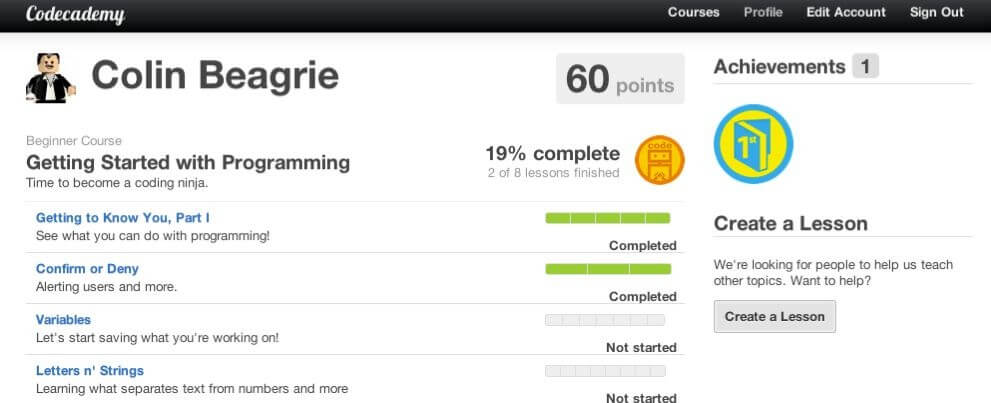
Khan Academy
In Khan Academy, students earn badges and energy points as they complete tutorials and exercises across academic subjects like math, science, and economics. It's brilliant! The learning system feels like playing an immersive educational game, rather than traditional, didactic education.
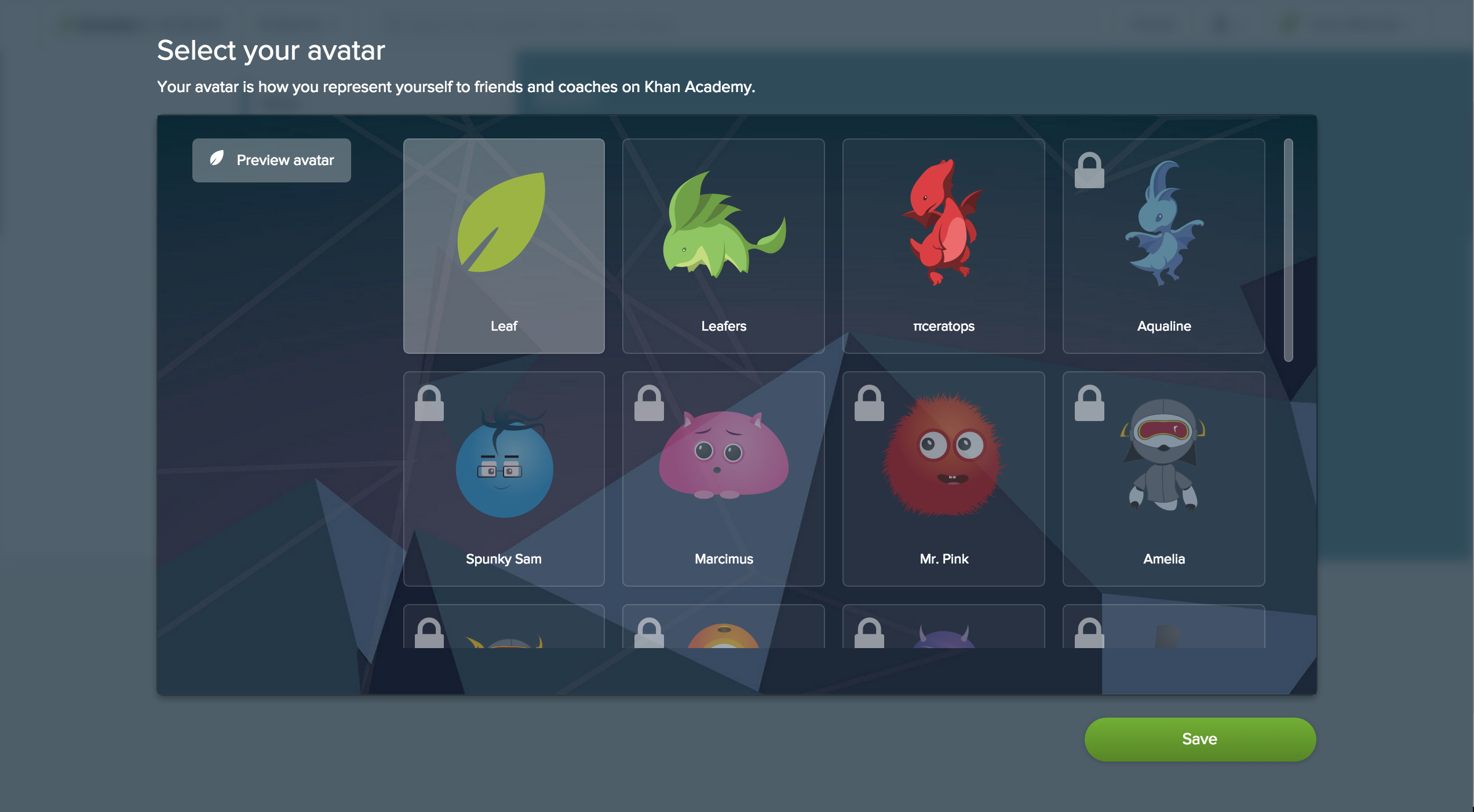
Measuring gamification's impact and ROI
Implementing gamification provides valuable data to quantify its impact on crucial customer success metrics. Tracking customer behavior before and after enables analysis of ROI across key areas:
Product engagement and stickiness
Metrics like session frequency, duration, feature usage, and participation in gamified activities demonstrate how engaging your product has become. For instance, rising daily active users, lengthier sessions, and higher gamification interactions show improved product stickiness.
Conversions across customer journey
Conversions like starting a trial, making a purchase, activating a new product, or renewing a subscription can be compared pre- and post-gamification to assess bottom-line revenue impact.
Advocacy and referrals
Tracking inbound referrals and social shares illuminates the organic reach driven by your biggest fans. More referrals and advocacy from loyal customers are clear signs of success.
Customer retention and lifetime value
Monitor retention rates over time to measure the impact on customer loyalty and lifetime value. Improved renewal rates and lower churn reveal gamification's role in fostering enduring engagement.
By monitoring user behavior through metrics like engagement, conversions, referrals, and retention, you can definitively quantify gamification's power to optimize your customer success efforts. This data enables you to build robust business cases for continued gamification investments across your customer base.
Re-familiarize yourself with the essentials of customer success
Looking for a well-rounded course that teaches the fundamental properties of customer success? Then look no further than our flagship course, Customer Success Core: Certified.
Accelerate your customer success career with the most cutting-edge and comprehensive curriculum around, and walk away with new knowledge, tried and tested strategies, and a competitive edge.
By the end of the course, you'll:
🧠 Understand the full breadth of the CS function.
💪 Be armed with all and only the most up-to-date and successful CS tactics and trends.
📈 Up-skill yourself in every core competency required for your role, and prove your strategic value.
🏆 Tap into the proven strategies used at some of the world’s most innovative and established brands.
🔖 Earn an official certification to boost your resumé and accelerate your career.



 Follow us on LinkedIn
Follow us on LinkedIn


